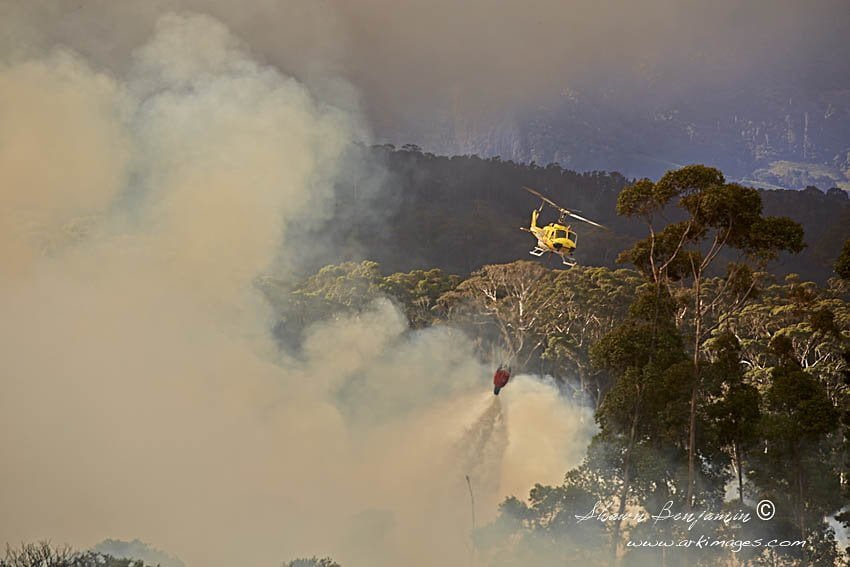Hey, blog reader. Let’s not beat about the Baardskeerdersbos here (more of that below): you’ve had a good week on here. Well. Prolific, at least. Nine posts on here already and I’m about to add a tenth.
Forget your old adages about Quality over Quantity. You get what you’re given.
And here comes another spoonful right now. Open wide…
Let’s start with Baardskeerdersbos – it’s a tiny village in the Overberg – not too far from the Black Oystercatcher. Crazy name, crazy reason for the name…
The name “Baardskeerdersbos” in Afrikaans or “Baardscheerders Bosch” in the original Dutch literally means “Beard Shaver’s Forest”. The accepted explanation for this name is that a species of solifuge inhabits the area, and that this arachnid is referred to as a “beard shaver” because it cuts hair to use for nest-building.
Cool. What’s a solifuge?
OhmygodIwishIhadn’tlookedthatup.
______________________
We move on, quickly. To Nurofen, who have been accused of misleading consumers in Australia:
The products at the centre of the dispute are Nurofen Back Pain, Nurofen Period Pain, Nurofen Migraine Pain and Nurofen Tension Headache.
The consumer watchdog has alleged that making each product look like it treats a particular type of pain is false or misleading – because the tablets inside are identical.
The drugs, which are sometimes sold for different prices, contain the same active ingredient – ibuprofen lysine 342mg.
Well, just buy the cheapest one then. That was easy.
______________________
Here are some Cybergoths (yes, they are a thing), dancing to the theme music from Thomas the Tank Engine.
Let’s be fair, you can make most anyone look a bit silly by simply changing the soundtrack on a video of them dancing, and the further you go from the original, the sillier it looks. I think it’s reasonable to suggest that the gap between Industrial Aggrotech Power Noise and theme from animated kids’ TV programme about a talking steam train is about as far as you can get, and therefore we may have already reached peak silliness in this particular video format.
______________________
Intelligence news now (or rather lack of intelligence news, lol).
After the State Security Agency joined the long line of spy shops to become a laughing stock, the government is fighting back. On Thursday afternoon, they warned us of an espionage plot hatched by a CIA superspy team comprising Julius Malema, Lindiwe Mazibiuko and Thuli Madonsela.
Seems legit. No, really, it does seem totally legit that our brain-dead State Security Agency thought that this might actually be true.
______________________
This is scary. The Anatomy of a Hack.
In the early morning hours of October 21st, 2014, Partap Davis lost $3,000. He had gone to sleep just after 2AM in his Albuquerque, New Mexico, home after a late night playing World of Tanks. While he slept, an attacker undid every online security protection he set up. By the time he woke up, most of his online life had been compromised: two email accounts, his phone, his Twitter, his two-factor authenticator, and most importantly, his bitcoin wallets.
Basically, it all stemmed from the hacker gaining control over Davis’ email account. The rest was fairly simple. If you take one thing away from this post, it should be those cybergoths dancing to the Thomas the Tank Engine music. However, if you take two things away from it, then the other thing should be to make sure that your email password is as uncrackable as possible.
______________________
This quote (via Sign with a E):
When Bulletproof coffee looks like the answer, the odds are you’re asking the wrong question.
It’s from this article, which isn’t anti-LCHF in the manner of being pro-anything else in particular, but is more about not looking for the one magic diet to make us live forever.
…the truth, as always with diet, is more nuanced. The doctor David Katz, a leading expert on public health who runs the Yale Prevention Research Centre, points out that when it comes to food, there is something worse for us than either sugar or saturated fat: “It is mostly stupidity that is killing us.”
Yes. Sadly, just not quickly enough in some people’s case.
______________________
Finally, a link I tweeted earlier this week – Shawn Benjamin’s photos of the Cape Town fire.

There are obviously a lot of shots around of this weeks events, but I particularly enjoyed this set because of the way that Shawn has captured the human element in so many of his photos. Then, just for balance, there are dramatic fire pictures, smoky ones and a whole heap of helicopters.
What’s not to like? (Apart from the widespread destruction of wildlife and property, obviously.)



